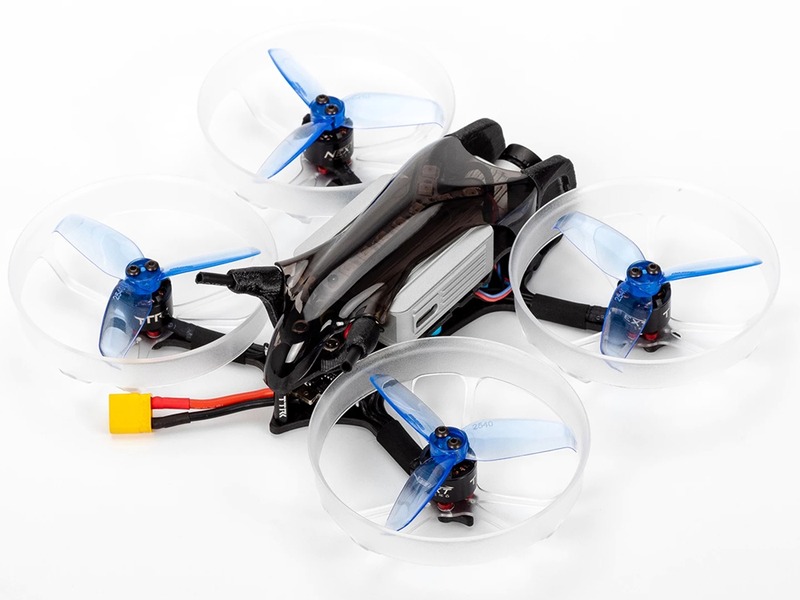How high can a drone fly?

Drones, also known as unmanned aerial vehicles (UAVs), are becoming increasingly popular for both recreational and commercial purposes. As such, it’s important to understand how high a drone can fly.
The answer to this question depends on a few factors, including the type of drone, its weight, and the laws and regulations in the area. Generally speaking, most commercial and recreational drones are capable of flights up to 400 feet above the ground. However, some drones can reach heights of up to 1,000 feet or more.
In the US, the Federal Aviation Administration (FAA) has set regulations for drone flights. According to FAA regulations, drones must remain below 400 feet to avoid interference with other aircraft. Additionally, drone operators must remain within their line of sight at all times and remain below 400 feet when flying over groups of people, stadiums, and other sensitive areas.
Beyond these regulations, some states and cities have additional laws and restrictions that further limit the height at which drones can fly. For example, some states have laws that restrict the height to 200 feet or less. Additionally, some cities have laws that prohibit drone flights over certain areas, such as parks and other public spaces.
In addition to the laws and regulations, the drone’s weight and power also affect how high it can fly. Heavier drones, such as those used for commercial purposes, can generally fly higher than lighter drones. Additionally, drones with more powerful motors and propellers can reach higher altitudes than those with weaker motors and propellers.
Finally, the weather can also have an effect on how high a drone can fly. Wind and other weather conditions can make it difficult for drones to reach higher altitudes. Additionally, certain types of drones may have difficulty in certain weather conditions, such as extreme cold or high humidity.
In conclusion, the answer to the question of how high a drone can fly depends on a few factors, including the type of drone, its weight, the laws and regulations in the area, and the weather conditions. Generally speaking, most drones can fly up to 400 feet above the ground, although some can reach higher altitudes. Additionally, certain states and cities may have laws and restrictions that further limit the height at which drones can fly.
Comments / Question
2. Make sure to stay within the legal limits of altitude for your drone. Different countries and regions have different regulations for flying drones, so make sure to check the local laws before flying.
3. Make sure to keep your drone in sight at all times. If you lose sight of your drone, it can be difficult to locate and recover it.
4. Make sure to use a GPS-enabled drone. This will help you keep track of your drone’s location and altitude.
5. Make sure to use a drone with a failsafe system. This will help you avoid any potential crashes or other accidents.
6. Make sure to use a drone with a return-to-home feature. This will help you bring your drone back to you in case of an emergency.

